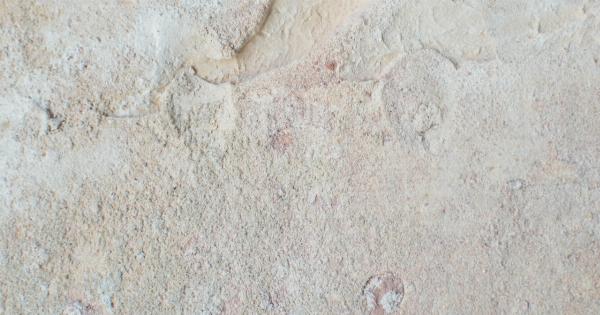Facial anatomy has been one of the most researched fields in medicine. It has been a topic for many medical professionals, researchers and sculptors who give the human face lively and attractive look.
The human face is one of the most striking features on the human body and is generally regarded as the primary aspect of any personality. One of the aspects that have been studied extensively is the procedure of bladder removal which we commonly call Keghrio. This article will explore the origin and procedure of Keghrio.
The Origin of Keghrio
Keghrio is a procedure that traces its origin to ancient Egyptian medicine, where it was performed as early as 1500 BC. The Egyptians believed that the removal of the bladder from the face would help to prevent infection and encourage healing.
Today, the procedure is more commonly known as cystectomy. Cystectomy is usually carried out to remove a cancerous bladder or to remove a bladder that has been damaged by chronic inflammation or other factors.
Procedure of Keghrio
The procedure of Keghrio is a complex one, and it requires considerable skill and training to be performed safely. The surgeon begins by making a small incision near the area where the bladder is located.
Then, a length of surgical tubing is inserted into the incision and passed through the bladder. The bladder is then emptied of all urine by applying pressure through the surgical tubing. Once the bladder is empty, the tubing is removed, and the bladder is carefully removed from the face.
The procedure can be done under local anesthesia, and the patient is usually able to return home on the same day.
Purpose of Keghrio
Keghrio, or cystectomy as it is commonly called, is generally performed for people who have bladder cancer or chronic bladder inflammation. It is used to remove the bladder that is infected or has been damaged by long-term inflammation.
Removal of the bladder can significantly improve the quality of life of people who are troubled by chronic bladder inflammation or bladder cancer.
Potential Complications of Keghrio
Like any surgical procedure, Keghrio carries certain risks. Some of the potential complications of the procedure include excessive bleeding, infection, nerve damage, and the potential for urinary incontinence.
The patient may be required to wear a catheter for several weeks after the procedure to help drain their bladder, and some may require additional surgeries to help with further complications.
Conclusion
Keghrio is a surgical procedure that has been performed since ancient Egyptian times to help improve the quality of life of people with chronic bladder infections or bladder cancer.
The procedure involves the removal of the bladder from the face and can be done under local anesthesia. Although Keghrio carries several risks, it remains an essential procedure for those who require it.




























